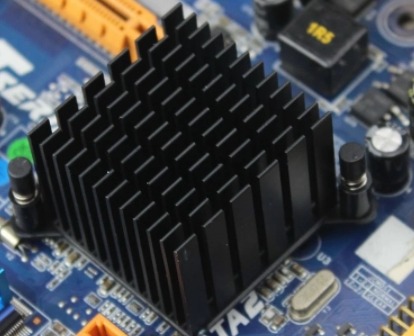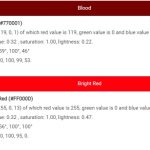Chips are usually seen as a component that is at the very foundation of a computer system. They may not look spectacular, but they have an important job to do – and without them, your PC simply wouldn’t work.
Chips in computers come in many different forms, with widely differing functions. One type of chip is called a Northbridge chip. The chip is sometimes known as the Memory Controller Hub (MCH), and Integrated Memory Controller (IMC).

Northbridge chips are responsible for taking care of data movement between the motherboard’s chipset and its memory, which it then sends to the graphics card or processor (in other words, Northbridge chips act like traffic cops directing all the information coming from various sources).
It also handles high-speed data transmission between other components on the motherboard such as USB ports, FireWire ports, and more!
Northbridge chips handle a lot of traffic in today’s modern hardware, which is why it requires a large surface area for its circuitry to enable it to able to cope with the amount of data passing through.
Because Northbridge chips have such a critical role in computers these days, manufacturers have been increasingly putting more and more functions onto them so that they can save space on the motherboard.
These functions include PCI-e lanes, SATA ports, and memory bandwidth, meaning that fewer components are needed overall which reduces costs when manufacturing motherboards.
Northbridge chipset also has different protocols which determine their function – examples of these protocols are Hypertransport and QuickPath Interconnect (QPI).
As electronic components have gotten smaller and more powerful, manufacturers have looked for ways to pack more functions into fewer chips. In the case of northbridge chips, this has meant moving some functions off of the northbridge chip and onto other components in the CPU.
This trend began with the AMD64 AMD and Intel Nehalem processors, which moved the memory controller from the northbridge to the processor die. Eventually, the AMD APU and Intel Sandy Bridge processors combined all northbridge functions with the CPU.
Today, most Northbridge chips come as 2-in-1 chipsets, combining multiple functions into one chip to reduce the number of components on the motherboard. Northbridge chips aren’t found in all PCs – they can be found in most consumer PCs at present, but are not often seen in laptops or other mobile devices.





